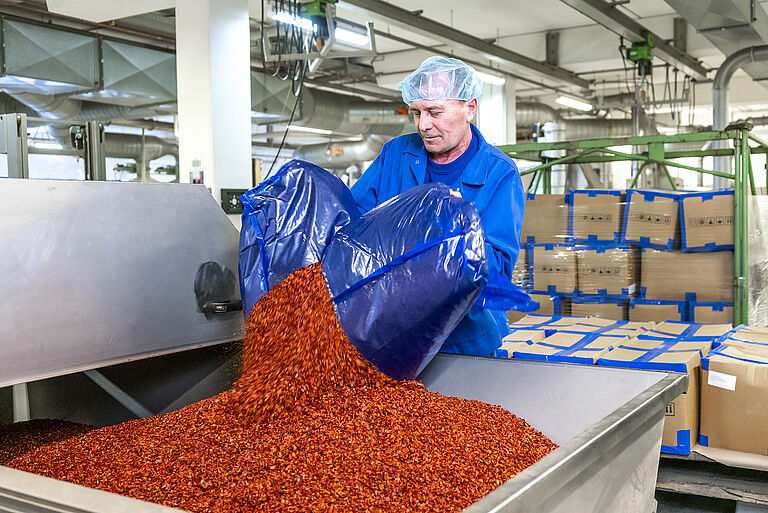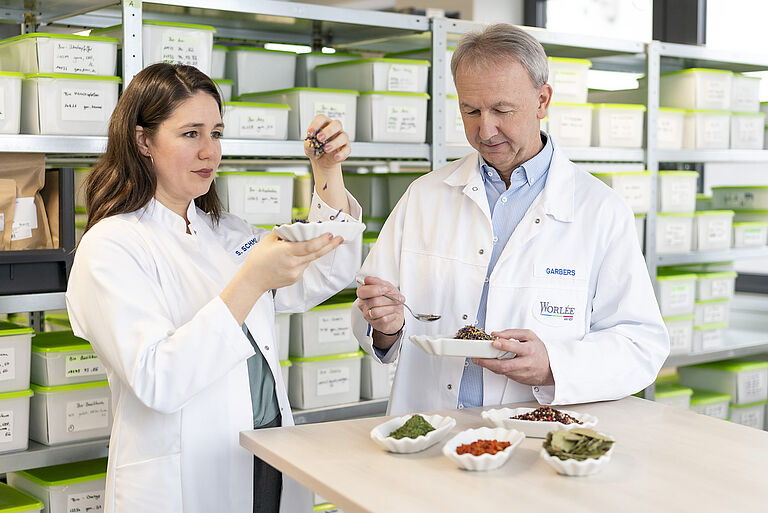At Worlée, we specialize in providing premium raw materials for the food, beverages, and animal sectors. Our product range includes both whole and cut products that meet the highest quality standards. With our years of experience and a keen sense for the perfect combination of ingredients, we offer not only a wide range of products but also customized blends in powder, granulate, or chopped form.
Through exclusive partnerships with suppliers in the producing countries, we ensure the delivery of high-quality raw materials. We place great emphasis on maintaining close, trusting relationships with our partners, as well as on fair working conditions, sustainable crop rotations, and the careful management of resources. Our sourcing projects always take into account local structures and the living conditions in the region.




